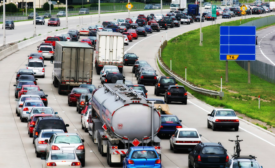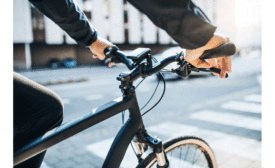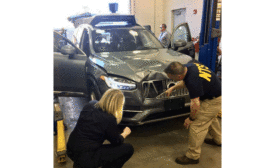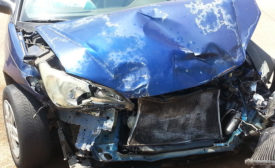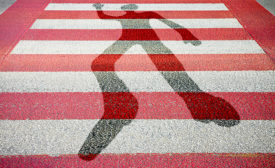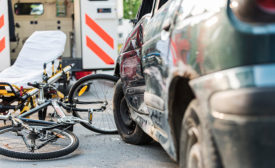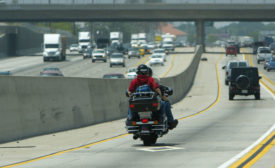Home » Keywords: » pedestrian safety
Items Tagged with 'pedestrian safety'
ARTICLES
A FairWarning Story
Toll continues to mount for pedestrians and bicyclists, the victims in one in five traffic deaths
February 5, 2020
NSC reminds parents and drivers to avoid Halloween hazards
Pedestrian fatalities spike after dark, and injuries are 100% preventable
October 28, 2019
New York City doubles down on traffic fatalities & injuries
Meeting the promise of “Vision Zero”
August 1, 2019
Become a Leader in Safety Culture
Build your knowledge with ISHN, covering key safety, health and industrial hygiene news, products, and trends.
JOIN TODAYCopyright ©2025. All Rights Reserved BNP Media.
Design, CMS, Hosting & Web Development :: ePublishing
